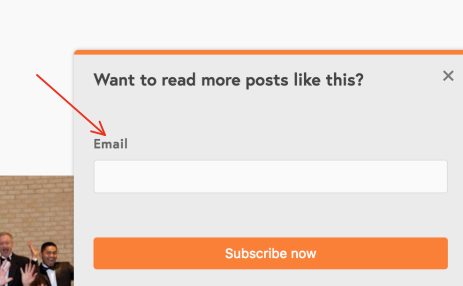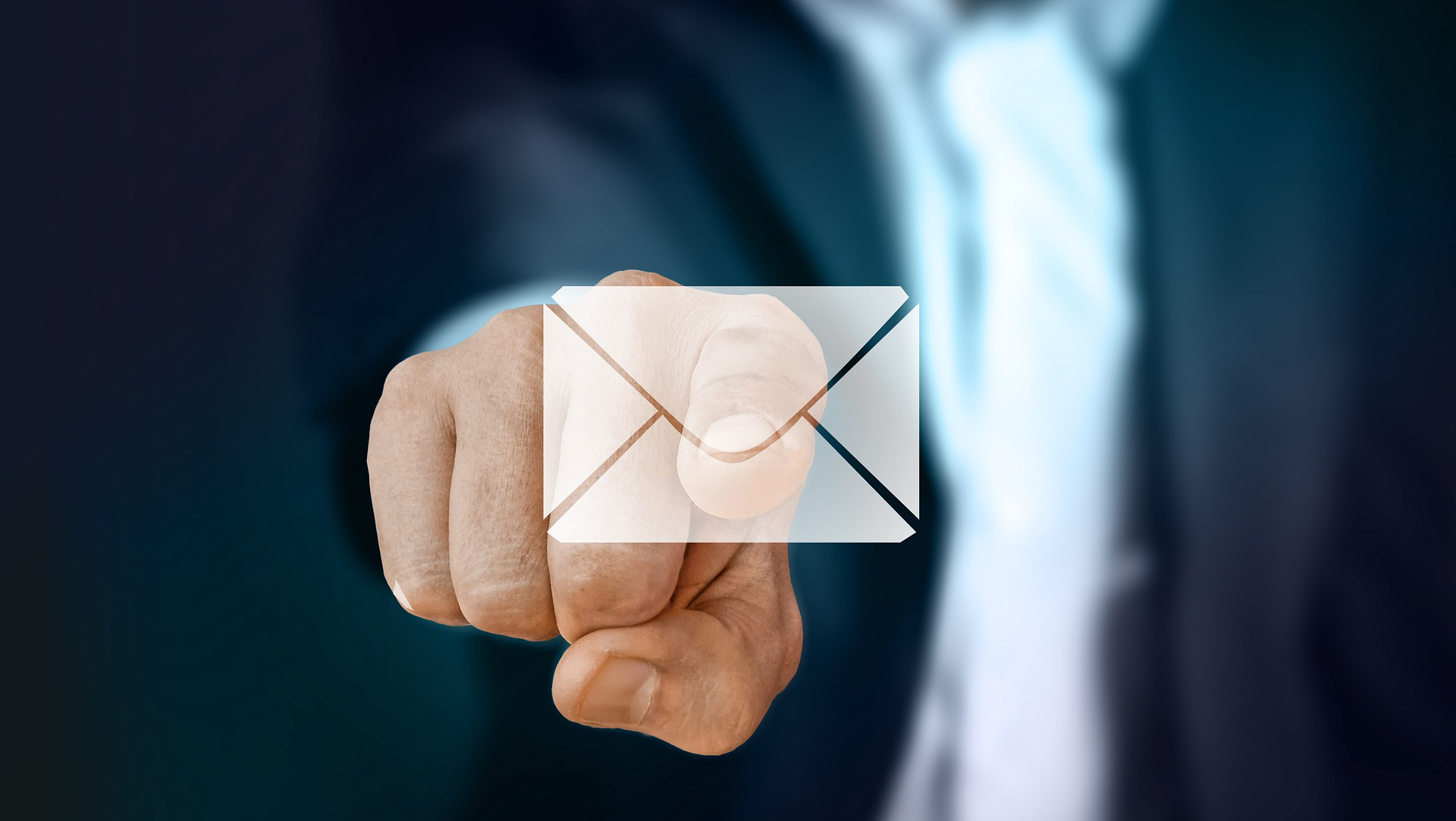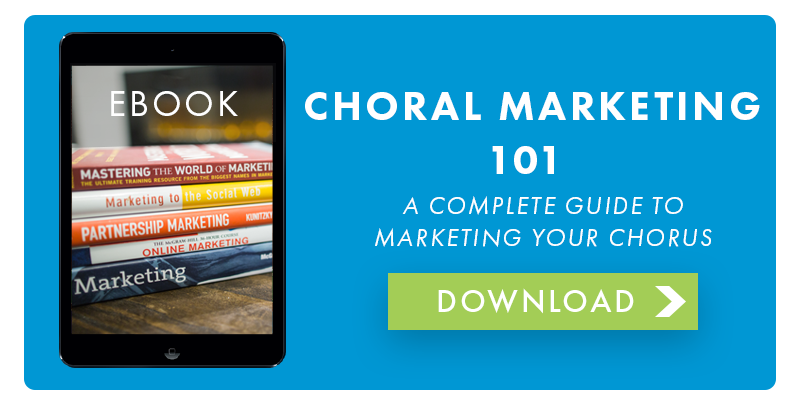For choruses invested in an inbound strategy, mastering email marketing should be at the top of your priority list. A good email marketing program can help you increase your subscriber database, sell more tickets, and boost engagement with your donors.
What is Email Marketing?
Email marketing is a direct form of marketing where emails are used to engage an audience. Usually the audience consists of a database of subscribers which is often managed by an email marketing platform. Emails might include promotions, content, or follow-ups with contacts.
Email marketing does work with an inbound content strategy. While inboxes are become more cluttered, the more important it becomes to send enticing, relevant, and helpful content to your contacts in addition to your promotional emails.
Collecting Leads

You can’t send emails to a subscriber list of zero! First, you need a mechanism to collect leads and a strategy for doing so.
Most email marketing systems and/or content management systems have a mechanism for capturing leads - either via pop-ups on your website or a landing page with a form. Have some type of form on your website for gathering email addresses/contact information.
Gated content can be a great way to collect leads. If you create a helpful piece of content for your target audience, put a lead capture form over it so that someone has to fill out a form to get the content. Only gate content that is so good that someone would WANT to give your their email to get it (like my Choral Marketing 101 Ebook!)
Once you have a growing subscriber/lead database, your email marketing efforts will start to see some return as well.
Email Blasts
Once you’ve gathered your emails, you’ll want to start marketing to your email distribution list. And by “marketing” I don’t mean sending them only promotional emails! Remember the 4:1 rule for our 360-approach to content marketing? This applies to your email marketing too. Try to send relevant emails to your target audience and sneak in promotional emails from time to time.
Segment your email list by buyer personas if you can. Are you marketing to a donor, ticket buyer, chorus member, or all of the above? Are they the “family concert goer” or are they “the college student studying music?”
Once your list is segmented, try sending relevant content with the appropriate lingo to each group. Perhaps when you promote your concerts to the “family concert goer” you would highlight your family-friendly repertoire. If you are sending your email to the “college student studying music,” try highlighting the educational experience they will get at the concert such as a pre-concert talk (or promote the reception/open bar!).
Analyze and Optimize Your Emails

After sending your emails, check your open rates, click rates, and unsubscribe rates. A good email usually has an open rate of 20% or more, click rate of 3% or more, and unsubscribe rate less than 1%.
The open rate typically indicates how enticing your email’s subject line or preview text was. If you are seeing low open rates, try experimenting with more clever or personalized subject lines.
The click rate shows how successful your email’s “call-to-action” was. Most emails should have a link over to your chorus’s website. If the link’s text or the content of the call-to-action is not exciting to the reader, they will not click over to your site.
The unsubscribe rate means that the contact isn’t interested in receiving your emails any more. Don’t worry about unsubscribes unless you are seeing a high rate of them! If you are getting hit with too many unsubscribes, try to discover why and fix the issue.
Never Buy, Import, or Manually Add Contacts to a List

I see this too often with nonprofits; they research a list of contacts in the area and add them to an email marketing list. Please do not do this! This goes against every marketing rule in the book and it will not help you. If a contact receives an email that they did not sign up for, they can mark it as spam. If enough people mark you as spam, email providers will block your other emails from being sent to people who do want to hear from you! Plus, you don’t want to be the organization that annoys people who didn’t want your emails in the first place. This does not help your brand.
Only send emails to people who have personally subscribed to your email marketing list. Use your awesome content and lead capture forms to gain subscribers. The only time you should manually add a contact to a marketing list is if you have personally asked the contact to do so and they have agreed verbally or in writing to be added to the list.
Marketing Automation & Nurtures

Most nonprofits don’t seem to utilize marketing automation to send email nurtures to their subscribers, though it is important to know that this is an option for choruses. Marketing automation platforms, like HubSpot and Mailchimp’s Automation, allow you to save time by automating your marketing tasks and workflows.
This comes in hand when deciding which emails to send and when to send them. Great marketers set up automatic email nurture campaigns with behavior/demographic-based logic that send emails to subscriber lists based on various criteria. Automation systems are very smart and typically can see when a subscriber opens, clicks, or engages with your emails and website. The systems then use this information to send specific, targeted emails to users who behave a certain way online or who fit within a certain demographic such as your buyer persona.
Automation platforms usually cost money and are most beneficial for managing long-term relationships with your audience.
Email Marketing Systems
There are plenty of email marketing systems out there. Here are a few favorites:
- Mailchimp
- CampaignMonitor
- Constant Contact
- HubSpot (check out their free version and HubSpot for Nonprofits)
- ActiveCampaign
- AutoPilot
- Sleeknote
- UserEngage

Tori Cook is the former Director of Sales & Marketing at Chorus Connection, an active board member of the Greater Boston Choral Consortium, and a soprano with the Tanglewood Festival Chorus. In a past life, she was the Music Director of the Harborlight Show Chorus and President of Chorus pro-Musica. When not making music, she daydreams about adopting a golden retriever puppy and scuba diving to exotic locations around the world.



